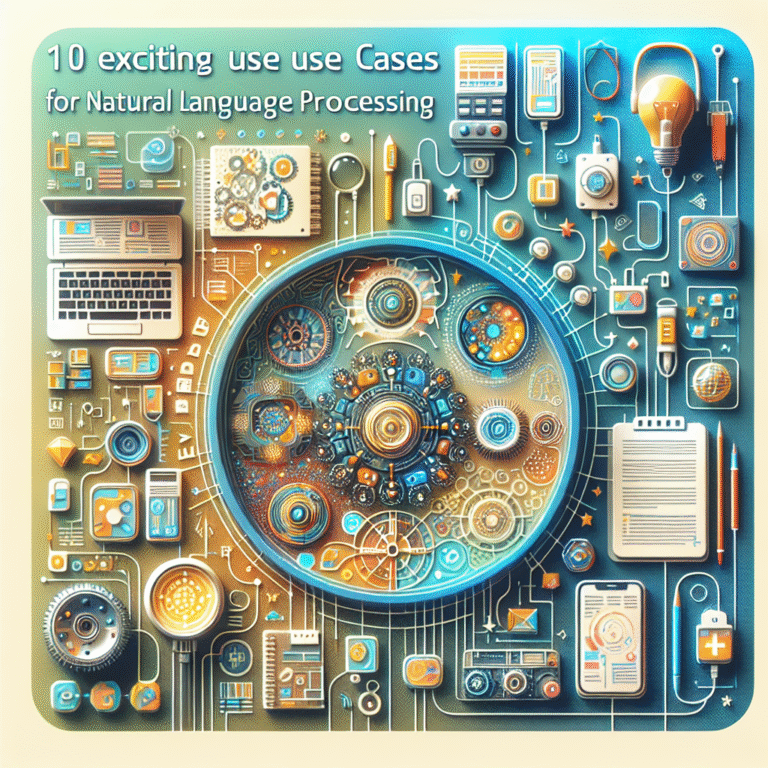
The internet is evolving, and we’re witnessing the dawn of a new era: Web 3.0. This decentralized version of the web promises to give more power and control to users, shifting away from centralized entities and offering more privacy, transparency, and ownership. As we look ahead to 2024 and beyond, the Web 3.0 ecosystem is poised for even more groundbreaking changes. Here’s a detailed look at the top 8 trends and predictions that will shape the future of the web.
- Decentralized Finance (DeFi) Goes Mainstream
Trend: DeFi is already one of the most talked-about aspects of Web 3.0, but in 2024, we’ll see it mature and enter the mainstream financial world.
What’s Changing: Decentralized finance allows users to access financial services—such as lending, borrowing, and trading—without relying on traditional banks or intermediaries. DeFi’s appeal lies in its ability to offer greater transparency, lower costs, and more accessibility.
Prediction: In 2024, more financial institutions and mainstream companies will integrate DeFi into their operations. Expect new, user-friendly platforms that provide access to DeFi products alongside traditional financial services, helping bridge the gap between crypto and legacy finance. Governments may introduce clearer regulations, further legitimizing DeFi.
Why It Matters: As DeFi evolves, it will disrupt the entire financial sector, making financial products and services more inclusive and globally accessible.
- AI-Powered Smart Contracts Take Over
Trend: Smart contracts have become a hallmark of blockchain technology, and in 2024, artificial intelligence (AI) will play a larger role in automating and enhancing these contracts.
What’s Changing: Smart contracts are self-executing contracts with the terms directly written into code. Currently, they work based on preset conditions and triggers. With AI integration, these contracts will be able to handle more complex, dynamic conditions, adapting to real-world variables in real-time.
Prediction: AI-driven smart contracts will be able to manage highly sophisticated tasks like risk management, legal compliance, and dynamic pricing. These AI-enhanced contracts will reduce human errors and streamline processes across industries such as law, real estate, insurance, and even healthcare.
Why It Matters: As smart contracts evolve, businesses will be able to automate increasingly complex workflows with minimal intervention, creating more trust and efficiency in sectors that rely on complex agreements.
- The Metaverse Becomes an Everyday Reality
Trend: The Metaverse has been buzzing for some time now, but by 2024, it will transition from a niche technology into a mainstream experience.
What’s Changing: The Metaverse is a collective virtual shared space, where people can interact with each other and digital environments in immersive 3D worlds. With advancements in virtual reality (VR), augmented reality (AR), and blockchain technology, the Metaverse is becoming more accessible.
Prediction: Major tech companies and brands will invest heavily in creating Metaverse environments that blend work, play, and socialization. You’ll see more virtual concerts, marketplaces, and educational platforms, as well as the growth of virtual real estate markets where people can buy, sell, and build in 3D spaces.
Why It Matters: The Metaverse will transform how we work, socialize, and consume content. It promises new opportunities for creators, brands, and users alike, offering a rich, immersive experience unlike anything seen before.
- NFTs Expand Beyond Digital Art
Trend: While NFTs (Non-Fungible Tokens) gained attention for digital art and collectibles, they will evolve significantly in the coming years.
What’s Changing: NFTs are unique digital assets that represent ownership of a specific item or piece of content. While they’re currently most famous for their use in art and entertainment, their applications are growing in sectors like gaming, music, real estate, and more.
Prediction: By 2024, NFTs will be used to represent ownership in a wide range of assets, including virtual real estate, intellectual property, luxury goods, tickets, and even intellectual property rights. Expect industries like gaming and entertainment to use NFTs to verify ownership of digital goods, allowing for more secure and flexible transactions.
Why It Matters: NFTs offer a way for creators to monetize their work and for users to verify ownership in a decentralized world. The rise of NFTs will create new forms of commerce and interaction, particularly in virtual spaces like the Metaverse.
- Interoperable Blockchains: A Unified Web 3.0 Ecosystem
Trend: One of the biggest barriers to Web 3.0 adoption has been the siloed nature of different blockchains. Interoperability will be a key focus in 2024.
What’s Changing: Currently, different blockchain networks operate in isolation, making it difficult to transfer data and assets across chains. However, the development of cross-chain solutions will allow these disparate networks to communicate and work together.
Prediction: Interoperability will enable users to seamlessly transfer assets, information, and value across various blockchain ecosystems. Expect to see the rise of “cross-chain” applications and protocols that make it easier for decentralized apps (dApps) to operate across multiple blockchains, providing greater flexibility and efficiency.
Why It Matters: Blockchain interoperability will unlock new possibilities for decentralized finance, NFTs, and supply chain management, among others. It will create a more integrated, cohesive Web 3.0 experience for developers and users alike.
- Privacy and Security Become Top Priorities
Trend: With increasing concerns over data breaches and privacy violations, Web 3.0 technologies will place a greater emphasis on user privacy and security.
What’s Changing: Web 3.0 is built on decentralized principles, which means that users will have more control over their personal data. Privacy-focused protocols, encryption, and decentralized identity systems will be developed to safeguard sensitive information.
Prediction: In 2024, we will see the rise of privacy-first browsers and decentralized identity management systems. Users will be able to control who has access to their data and digital footprint, reducing the risk of data breaches. Privacy features in DeFi and dApps will also be enhanced, ensuring that transactions and interactions remain secure and confidential.
Why It Matters: As individuals demand greater control over their personal information, Web 3.0 will offer more secure, transparent, and user-centric online experiences, shifting the balance of power away from centralized entities like tech giants and corporations.
- Decentralized Autonomous Organizations (DAOs) Flourish
Trend: DAOs have emerged as a new way for communities and businesses to organize and make decisions without traditional hierarchies. This trend will continue to grow in 2024.
What’s Changing: DAOs operate on blockchain platforms, where members govern the organization through smart contracts and decentralized voting systems. These organizations allow for transparent decision-making and the direct participation of all stakeholders.
Prediction: By 2024, DAOs will be widely adopted, both by startups and larger corporations. We will see more decentralized, autonomous businesses, as well as DAOs being used in public governance, social impact initiatives, and community-driven projects. Legal frameworks will likely evolve to accommodate DAOs as legitimate organizational structures.
Why It Matters: DAOs empower individuals to participate in governance and decision-making in ways that traditional organizations do not. This will create more inclusive, transparent, and democratic systems for businesses, communities, and governments.
- Sustainability and Green Blockchain Solutions
Trend: With growing environmental concerns, Web 3.0 will focus on making blockchain technologies more eco-friendly and sustainable.
What’s Changing: Traditional blockchain networks, especially those using proof-of-work (PoW) consensus mechanisms like Bitcoin, have been criticized for their energy consumption. In response, newer blockchain platforms are adopting greener alternatives like proof-of-stake (PoS), which are much more energy-efficient.
Prediction: By 2024, more blockchain projects will prioritize sustainability, and eco-friendly consensus mechanisms will become the industry standard. We will also see carbon offset initiatives and blockchain-powered environmental solutions that promote sustainability in other industries, such as supply chain tracking and renewable energy.
Why It Matters: As Web 3.0 continues to grow, the environmental impact of its technologies will be a key consideration. By adopting sustainable practices, blockchain will become more aligned with the global push for a greener future.
Conclusion: A Decentralized, Empowered Future
The future of the internet is decentralized, user-centric, and powered by innovative technologies like blockchain, AI, and the Metaverse. As we move into 2024 and beyond, Web 3.0 will bring profound changes to how we interact online, manage our finances, secure our data, and participate in digital economies. These trends—DeFi, AI smart contracts, the Metaverse, NFTs, interoperability, privacy, DAOs, and sustainability—will shape a more inclusive, secure, and transparent digital world, where users are empowered to take control of their own data and online experiences. The Web 3.0 revolution is just beginning, and the possibilities are endless.




